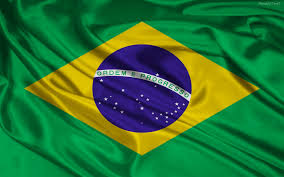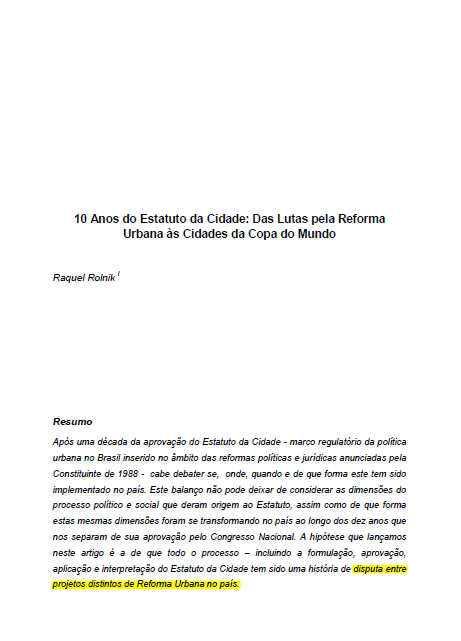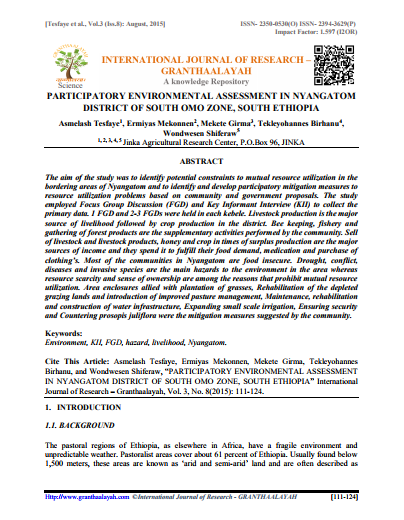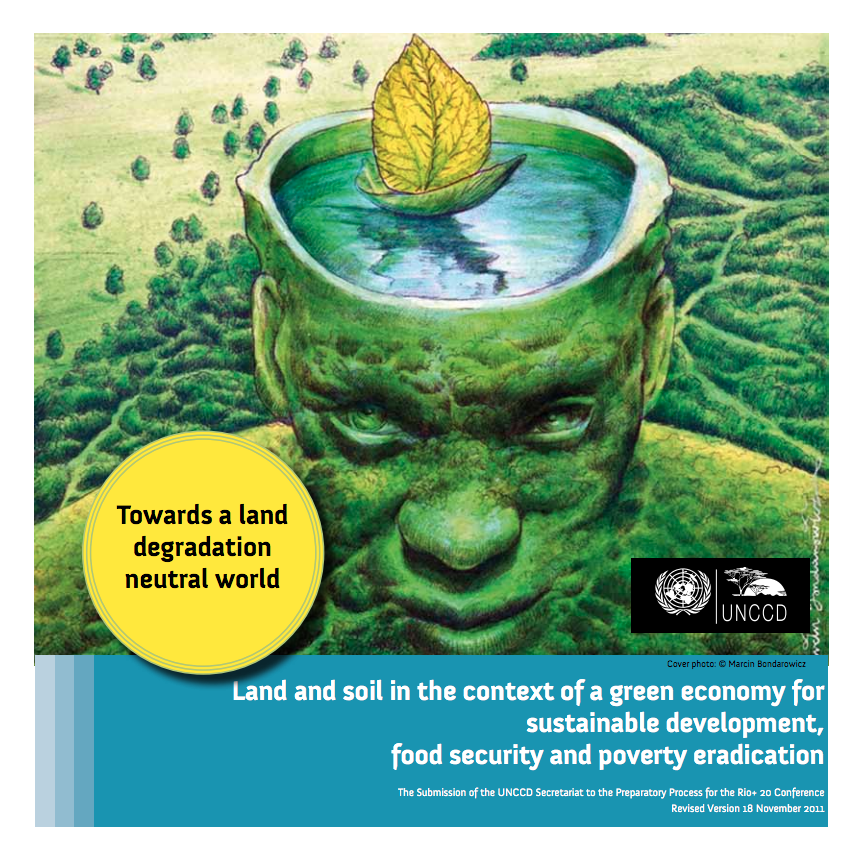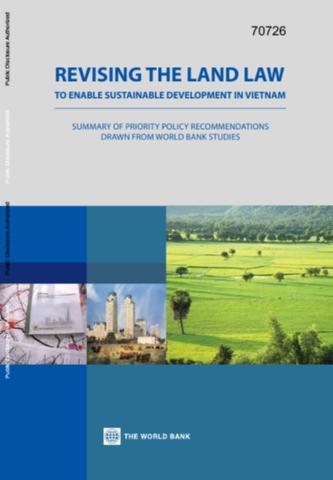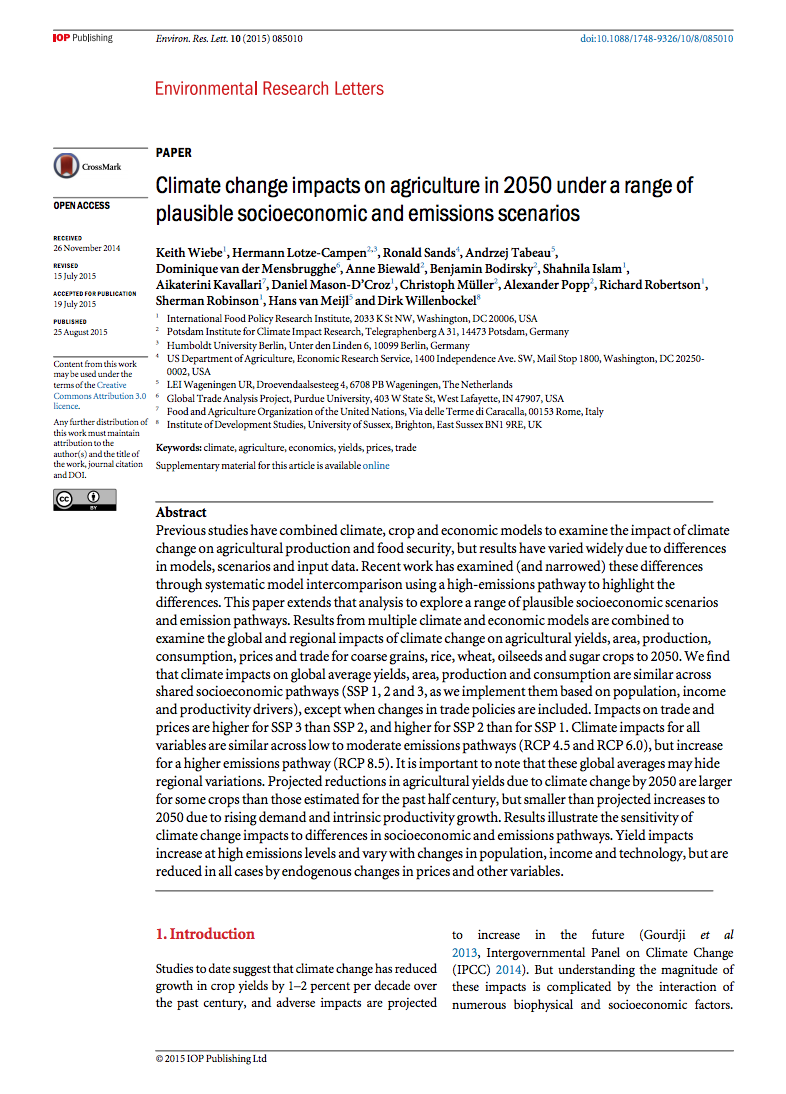ORIGEM DA EXPANSÃO DO RECIFE Divisão do solo e configuração da trama urbana
Diversos estudos sobre o Recife abordam a formação do primeiro núcleo urbano a partir do plano urbanístico do arquiteto holandês Pieter Post (1639) e defendem o crescimento urbano espont¢neo da cidade, estruturado a partir dos caminhos que articulavam os engenhos ao porto. A Planta da Cidade do Recife e Arredores, de 1932, retrata o traçado urbano da época, enquanto o extenso território restante estava ocupado pelos engenhos. Em menos de um século, o ¢mbito rural se parcela em loteamentos, cuja evolução pretende-se mostrar na pesquisa ora em desenvolvimento.

